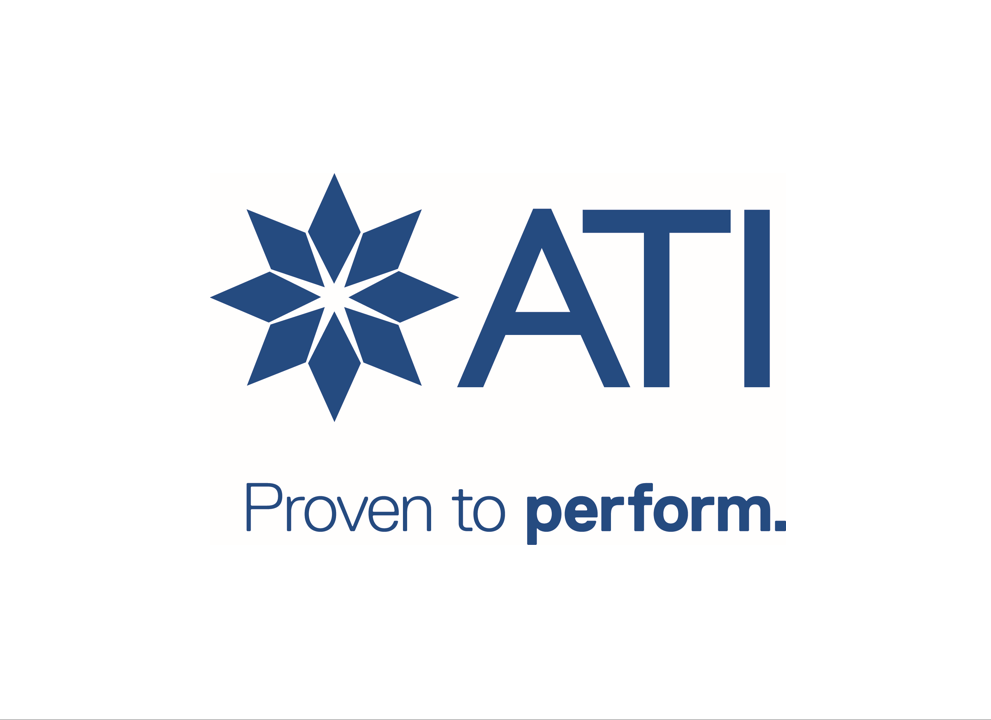Today’s finance chiefs are still mulling where generative AI and similar technologies can be put to best use inside of their organizations — a question that requires them to think differently not just about the role of such technologies, but also how to balance it against their talent needs.
To do so, however, finance leaders need to think differently about their own role in the business’s overall decision-making process, said Sultan Saidov, CEO and co-founder of AI-powered talent platform Beamery.
“I think the best CFOs are the ones that are leaning into the cross functional opportunity of creating better insights and collaboration with the CIO, the CEO, CHRO,” Saidov said in an interview.
Talent versus tech
Saidov has been thinking about C-suite collaboration and AI integration long before the latest boom in large language models. A Deloitte and Goldman Sachs alum, Saidov co-founded Beamery in 2015 with the aim of helping to use technology to identify skilled employees. The central question that led to the company’s creation was, “can we use AI, which meant something very different at the time, to break down work and determine what goes beyond the title” and to see what work individuals are truly doing, he said.
A decade later, “the question around work has taken on a new nuance, because increasingly, it's a question of what is done by people versus what is done by technology,” Saidov said.
Generative AI’s potential has continued to captivate C-suite leaders, coming at a time when many spaces — such as accounting — are experiencing ongoing talent challenges. Deployment of “agentic AI” solutions, tools which can conduct tasks with little or no human oversight, has continued to accelerate, CFO Dive previously reported, citing a study by Big Four firm KPMG. Leaders are increasingly looking to such tools to cut costs and fill critical talent gaps, even as data quality and security concerns over the technology continue to mount.
Meanwhile, technology-related factors have led to 20,000 job cuts by U.S. leaders in the first half of the year, another report by Challenger, Gray & Christmas found.
However, it’s important to remember that “technology doesn't perform skills,” Saidov said. “Technology either automates tasks or augments tasks.”
As such, figuring out how to properly value and make use of generative AI technologies is a challenge that has captured more and more of finance chiefs’ attention over the past few years. CFOs play a crucial role in determining where the business should be spending on technology versus hiring, a need that is only becoming more critical at a time when ongoing macroeconomic uncertainty is putting more attention on costs.
Over the past year especially, “the thing that we've seen most from CFOs is, there is a pressure to cut costs for most businesses, as well as a pressure to figure out where and how to grow and where to invest in technology,” Saidov said.
Asking the talent risk question
To properly achieve that balance, CFOs and their fellows in the C-suite must consider not just financial risk, but talent risk: “Do we have the capabilities in our people, and people and technology combined, to deliver on our goals?” Saidov said.
Understanding the full capabilities the business has available requires more than data, however: C-suite leaders themselves need to re-think many of the traditional boundaries beween their roles. For example, historically when it comes to tech spending, the chief information or IT officer would set a strategy, which would then be passed down to the CFO for a financial analysis, and so on.
Now, however, that’s become a “much more tripartite model,” Saidov said. As he sees it, the entire C-suite needs to be thinking about how to quantify which tasks should be done by people and which tasks should be done by technology. More than anything, he emphasized, execs need to make these decisions in a way that minimizes risk.”














